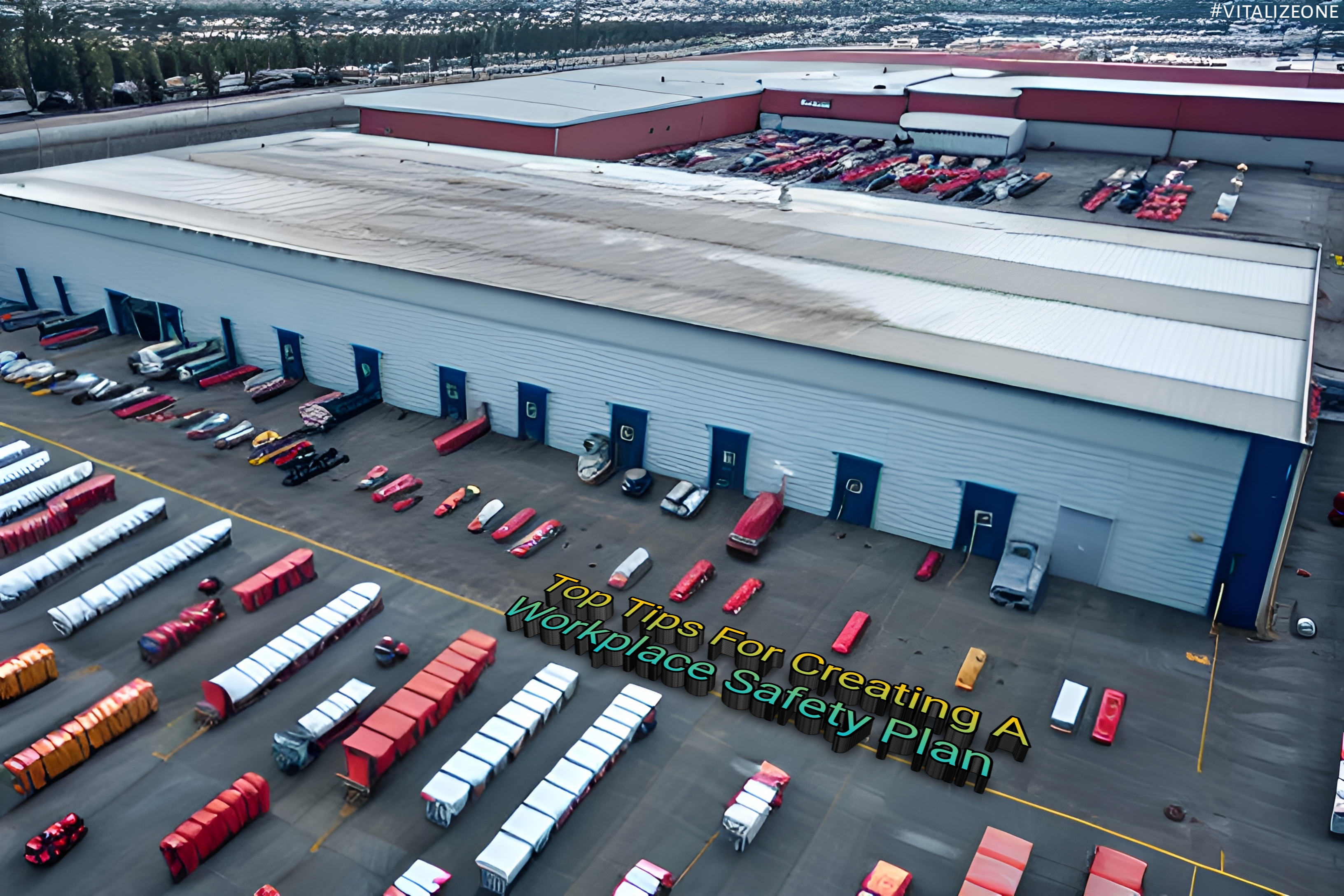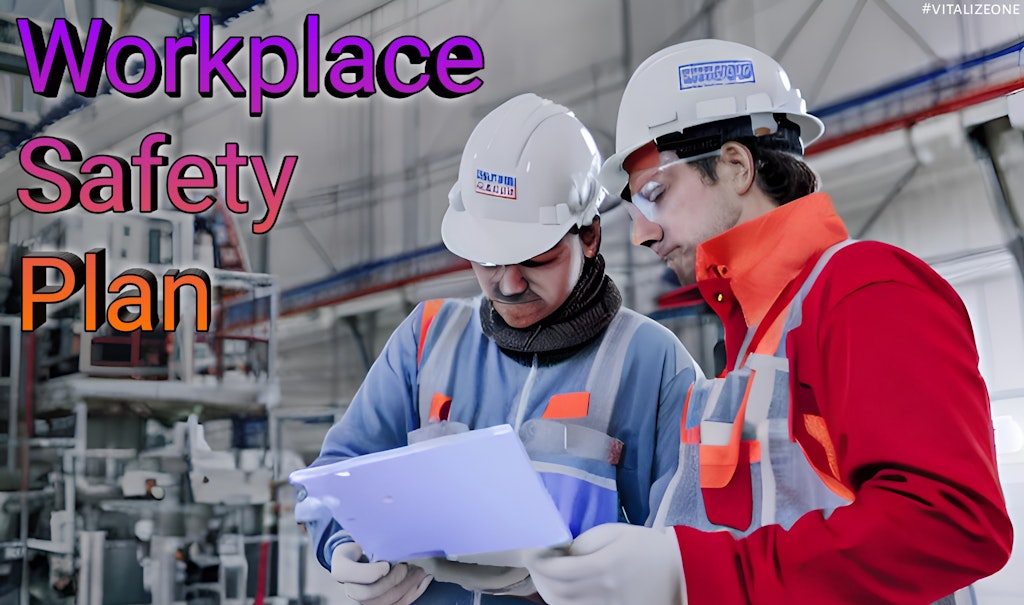|
Getting your Trinity Audio player ready... |
Workplace safety is essential to any organization’s success, ensuring the well-being and protection of workers, visitors, and customers. Studies show that about 2.6 million workplace accidents and injuries occur annually, so implementing an effective workplace safety plan is crucial to creating a secure work environment. A well-designed safety plan mitigates risks and enhances worker productivity and morale. Here are some tips for creating one.

- Learn the compliance standards in your industry
It’s almost impossible to create a workplace safety plan without knowing what your industry regulators expect from you regarding safety compliance. Find out which organization is responsible for setting and enforcing safety standards in your industry and update yourself about their rules. But don’t end there; industry standards can change time and again. So make it a point to always stay on top of your industry’s updates to requirements and rules. This way, you can always remain compliant.
- Enforce the compliance standards
After learning the necessary compliance standards, make them a part of your safety plan and enforce them. Lead from the top, and ensure that all your managers and supervisors are on board to make the enforcement process more efficient. Clearly define your company’s safety goals and show your commitment. You should also evaluate the success of your safety programs regularly, ensuring that the number of accident cases continues to fall yearly.
- Train and educate your workers
Hold regular training, especially whenever there are new worker recruitments. And ensure that you reinforce already established training programs during worker orientation. Your training sessions should cover how to respond to injuries, prevent accidents, and identify potential safety hazards. Also, consider making your workplace safety policies a part of worker handbooks for easy reference by your workers. You can also create posters and display them in accessible areas around the workplace.
- Identify the risks
A crucial step towards designing a workplace safety plan is identifying the risks and potential safety hazards and determining the right solutions. Take the time to analyze your work environment, anticipate the main causes of injuries, and consider the best ways to prevent them. For example, are your guard rails and safety barriers rusting? Do they risk structural failure and potential collapse? Identifying a potential hazard like this will help you determine the best solution, such as replacing those compromised structures with steel fabrication. A simple online search like “steel fabrication near me” should reveal all potential suppliers near you. And be sure to welcome suggestions from your workers regarding ongoing safety, as your workers may spot potential hazards you missed.
- Create a written document
Once you have identified all the potential risks, you must create a written document of your findings. Aside from the findings, ensure that your document includes every job description of your workers. You should also highlight all their safety and health responsibilities in a detailed and concise manner. Each worker should receive a printed copy of this documentation to ensure that they remain accountable. This way, if an accident occurred, there wouldn’t be any confusion regarding liability, as the document would’ve clarified everything.
The workplace safety plan is crucial to the working environment with the gig economy expanding worldwide. Gig workers are efficient, have experience, are productive due to continuous remote experience, and have the capacity to work alongside long term workers and/or employees.
Subscribe to VitalyTennant.com to receive insights that prolong continuous business, entrepreneurial, and investment success.
VitalyTennant.com is an informative business website, with a hint of entrepreneurship.


















